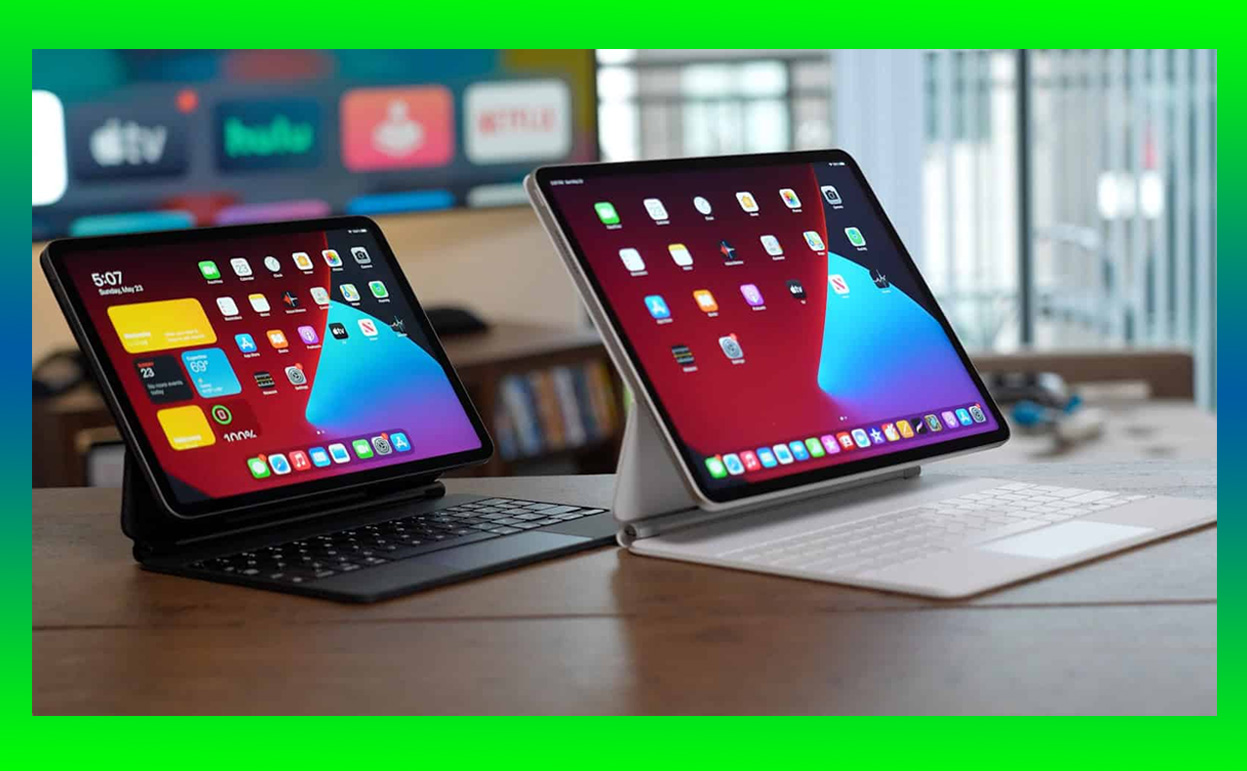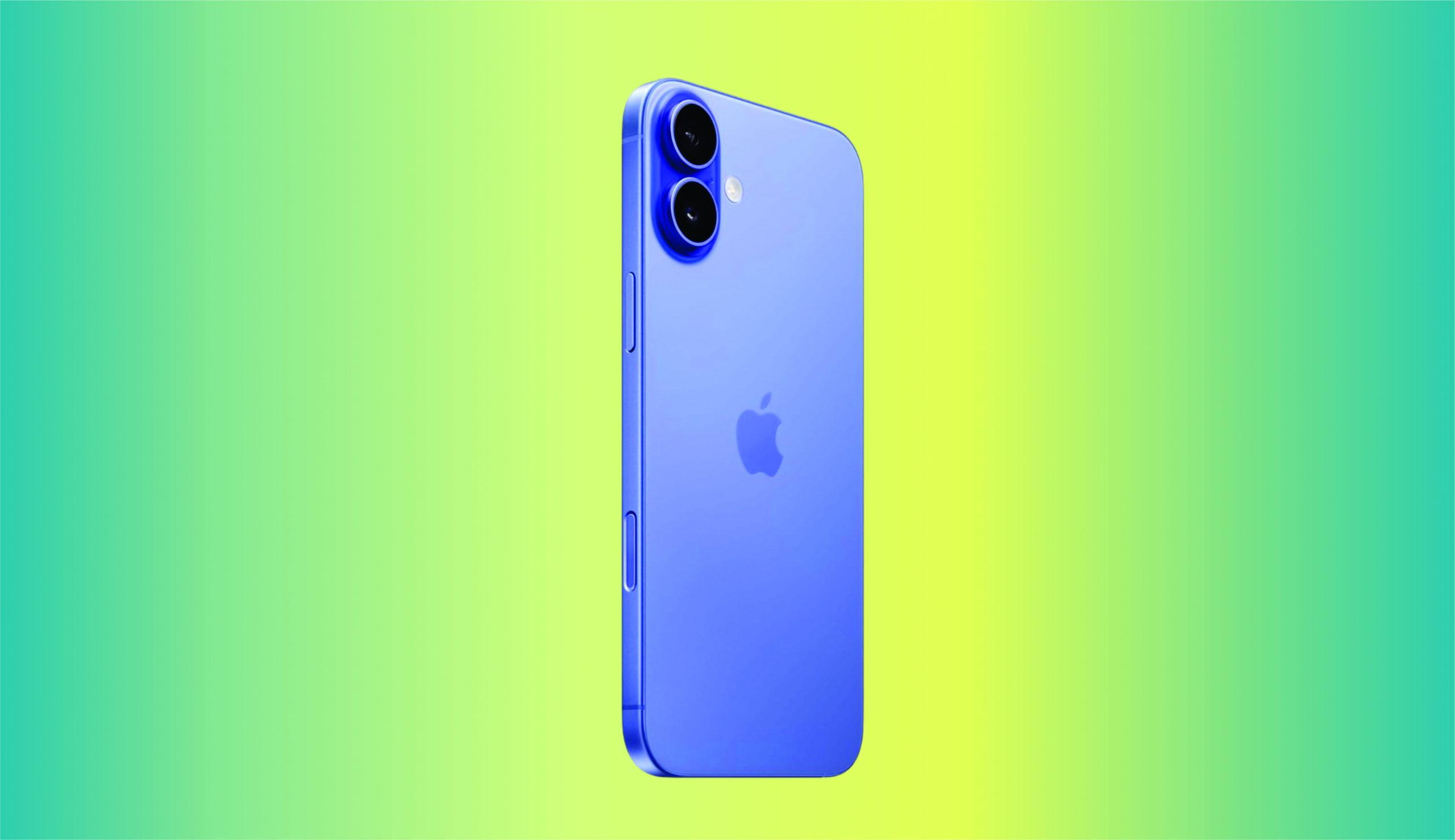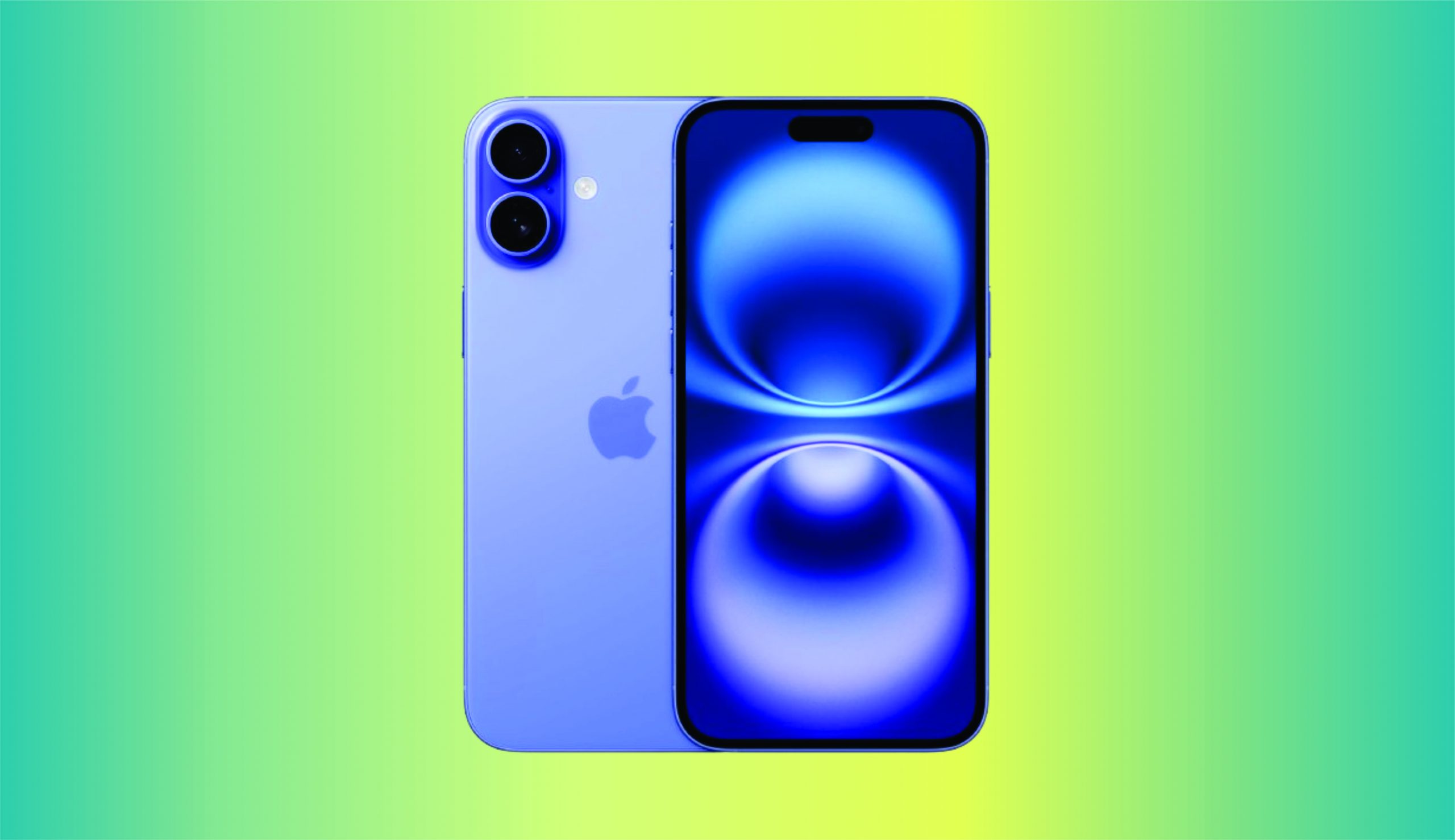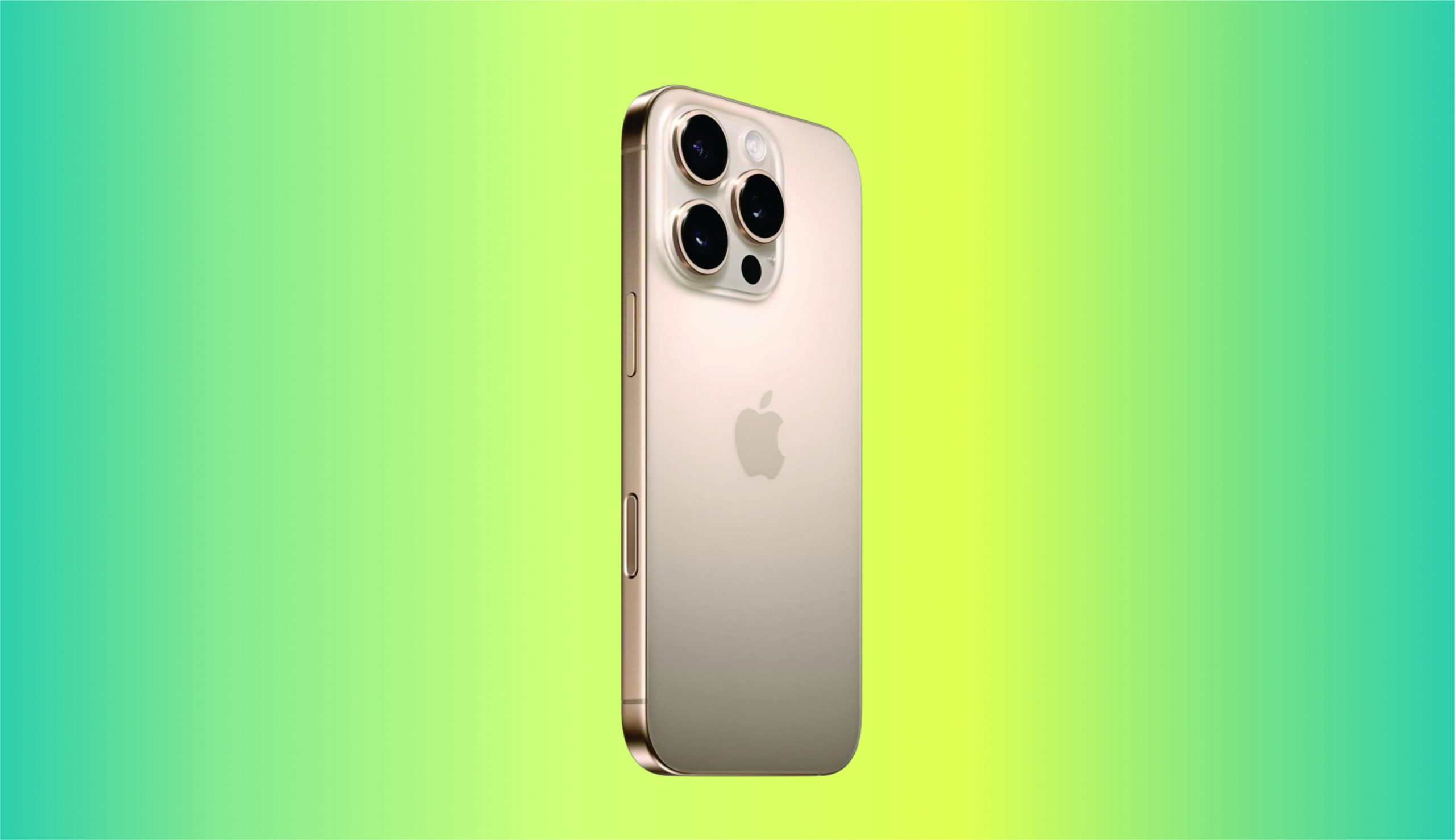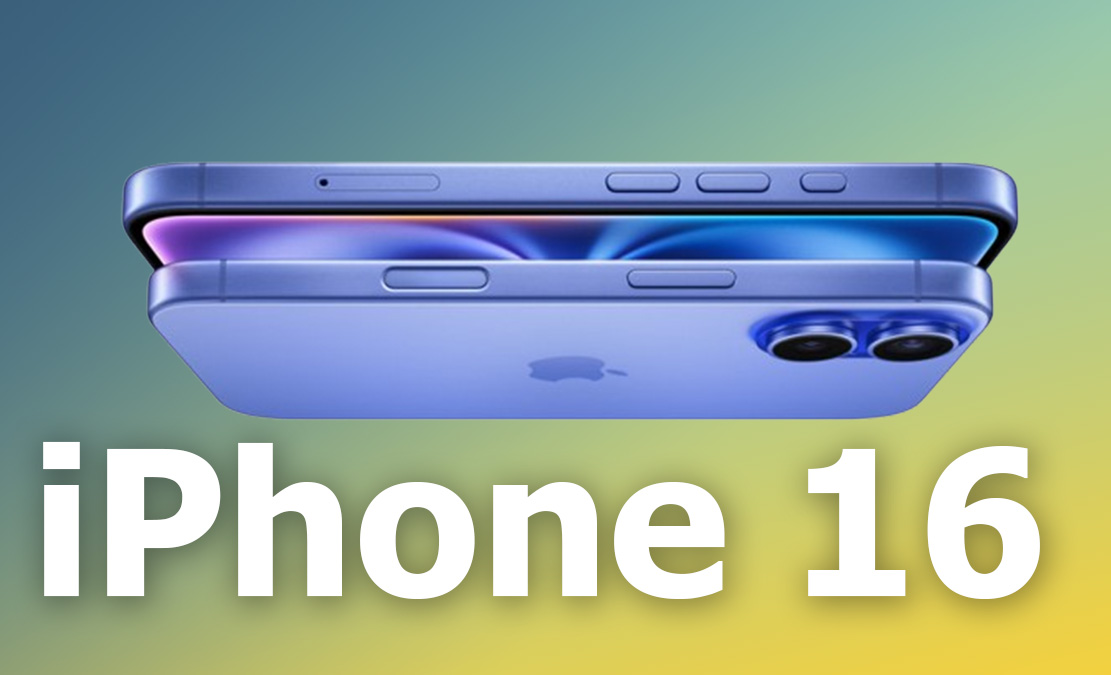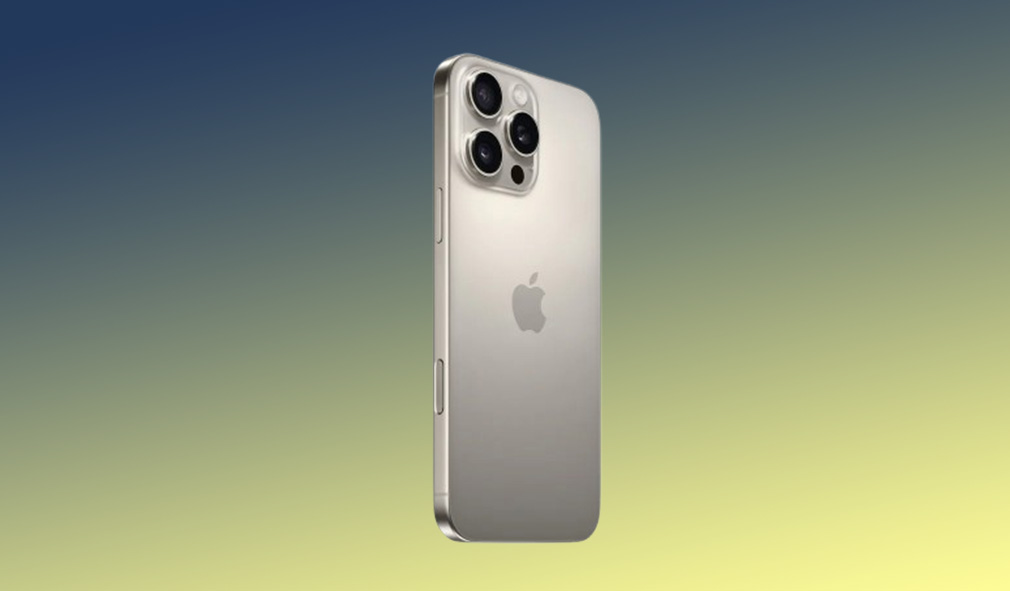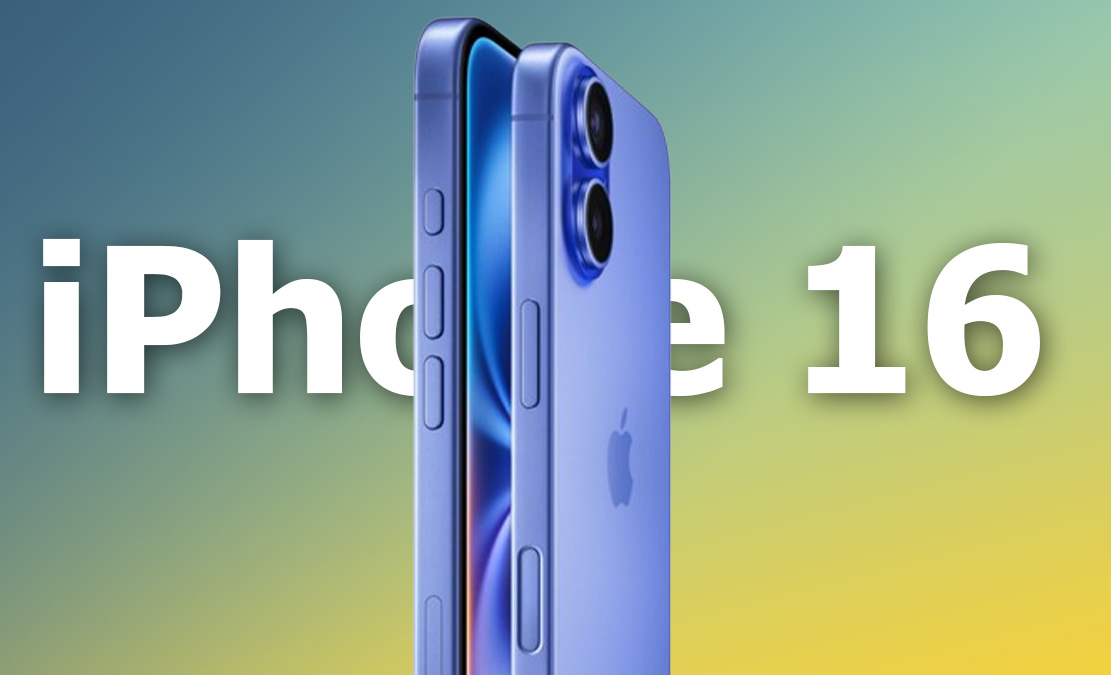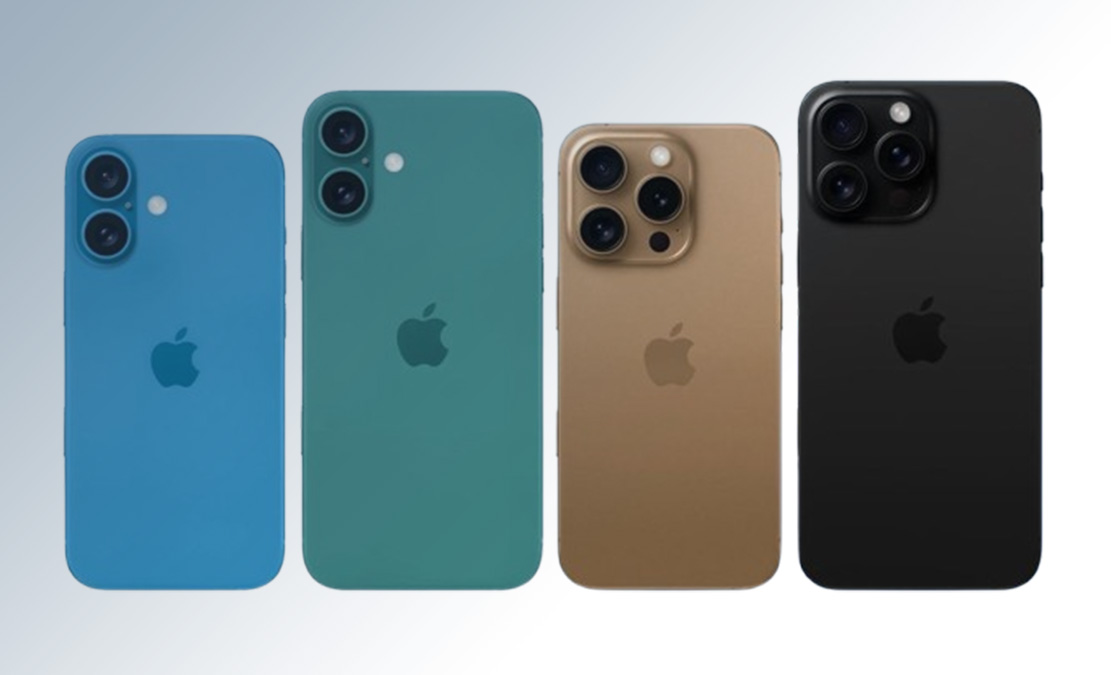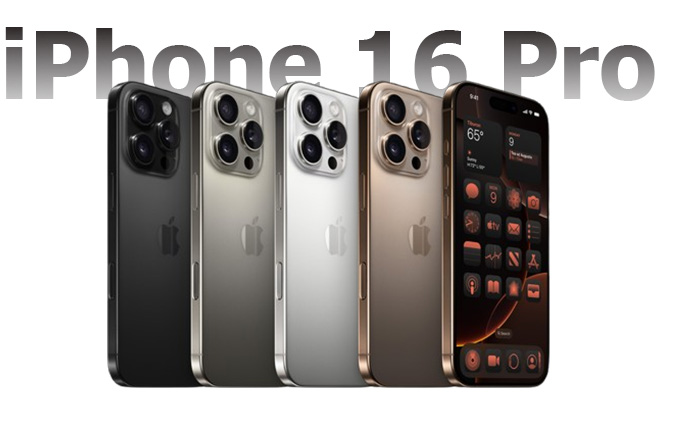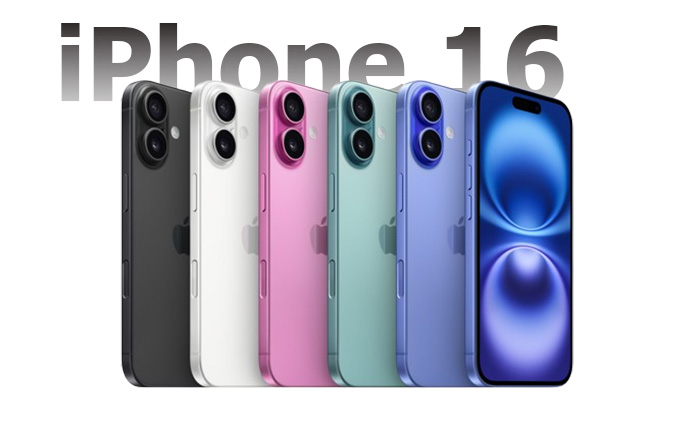Apple’s iPads have carved a significant space in the world of tablets, offering versatile options for work, creativity, and everyday life. This guide will walk you through all the key aspects of the iPad lineup—from the accessible iPad and compact iPad mini to the robust iPad Air and powerhouse iPad Pro. We’ll dig into what makes each model unique, covering detailed specs, standout features, and tips for choosing the best iPad for your needs.
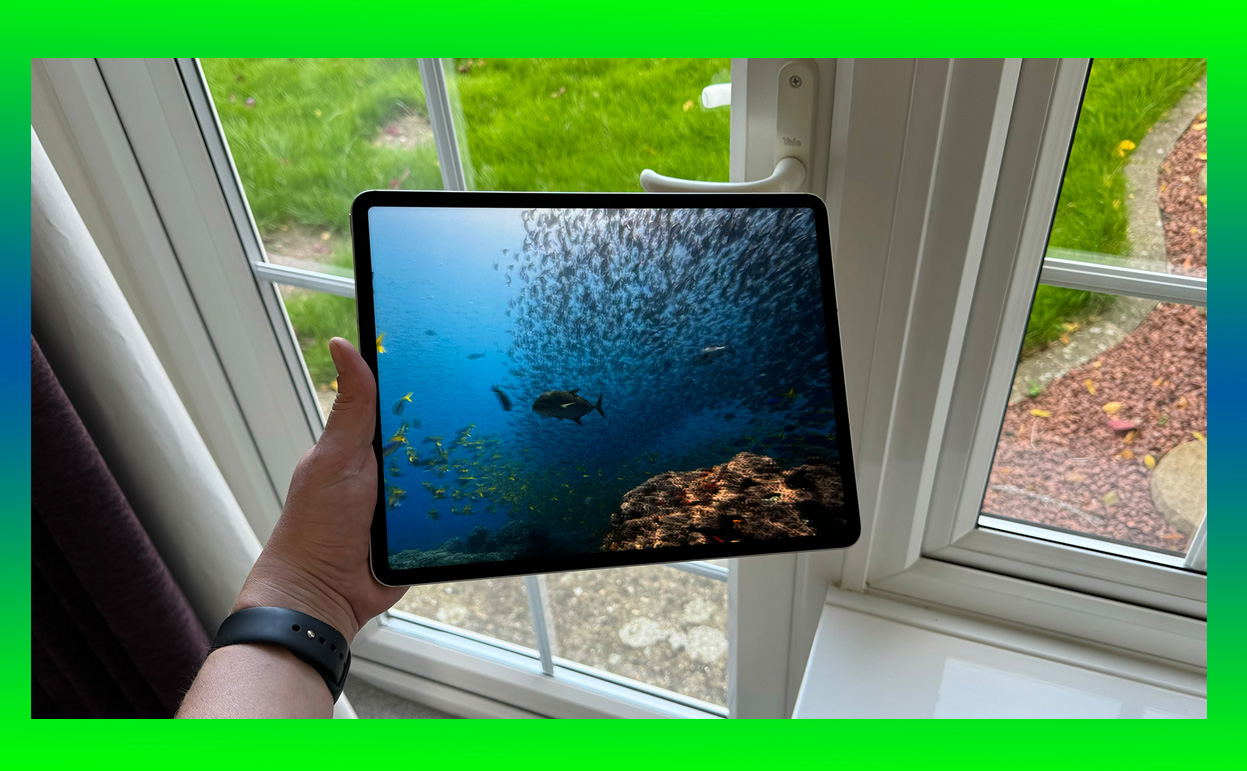
Discover the ultimate guide to iPads by Apple, including everything from models and features to tips for choosing the best iPad for you.
Why Are iPads So Popular?
The Apple iPad stands out in the tech world for several reasons. It’s not just another tablet; it’s an experience. Here’s what makes iPads the go-to choice for so many people around the world:
iPadOS: Smooth and User-Friendly
Apple’s iPadOS brings a user-friendly and highly functional interface, turning the iPad into more than just a tablet. This OS supports multitasking features like Split View, Slide Over, and an intuitive file management system. Plus, if you’re already in the Apple ecosystem, iPadOS syncs seamlessly with other Apple devices.
Flexibility Across Models
Apple provides a variety of iPads with unique strengths to cater to diverse audiences. Whether you need a portable option for reading and browsing or a high-powered tablet for professional design work, there’s an iPad suited to every need and budget.
Top-Tier Build Quality and Longevity
Apple iPads are built to last, both in terms of hardware durability and software updates, with older models often supported for many years. A well-maintained iPad can serve you reliably without becoming obsolete, which adds significant long-term value.
In-Depth Look at iPad Models
Apple’s lineup includes four primary models: the iPad, iPad mini, iPad Air, and iPad Pro. Here’s a closer look at each model to help you decide which is the best fit.
iPad – The Classic, Everyday Tablet
Key Specs
- Screen Size: 10.2 inches
- Processor: A14 Bionic chip
- Storage Options: 64GB and 256GB
- Camera: 12MP front and rear
- Price Range: Around $329-$479
- Best For: General use, students, and casual tasks.
The Everyday Performer
The standard iPad offers a balance of performance and affordability, making it ideal for students, families, and anyone needing a reliable everyday tablet. Its A14 Bionic chip (the same chip used in the iPhone 12) provides enough power to handle typical tasks smoothly, from browsing to light gaming and streaming.
Learning and Productivity Features
With Apple Pencil (1st Gen) and Smart Keyboard support, the iPad is a handy tool for note-taking, basic graphic design, or light work. Students often find it beneficial for tasks like researching, completing assignments, and annotating documents. Although it lacks the more advanced features of the Pro models, the standard iPad remains highly versatile for everyday needs.
iPad mini – Compact Yet Powerful
Key Specs
- Screen Size: 8.3 inches
- Processor: A15 Bionic chip
- Storage Options: 64GB and 256GB
- Camera: 12MP Ultra Wide front and rear
- Price Range: Around $499
- Best For: Portability, reading, gaming, and on-the-go use.
Portability Meets Power
The iPad mini is compact, but don’t let its size fool you—it’s powered by the A15 Bionic chip, providing impressive speed and performance. With its 8.3-inch Liquid Retina display, the iPad mini is highly portable, fitting comfortably in one hand. This makes it perfect for travelers, avid readers, and those looking for a tablet that can easily slip into a bag.
Ideal for Reading and On-the-Go Tasks
The iPad mini’s size and sharp screen make it particularly well-suited for reading and content consumption. It supports the 2nd generation Apple Pencil, making it ideal for quick sketches, note-taking, or even signing documents on the fly. Its USB-C port allows for faster charging and data transfers, which is a bonus for professionals who need a portable companion device.
iPad Air – A Middle Ground for Power and Price
Key Specs
- Screen Size: 10.9 inches
- Processor: M1 chip
- Storage Options: 64GB and 256GB
- Camera: 12MP front and rear
- Price Range: Around $599
- Best For: Professionals on a budget, students, and creatives.
Performance and Portability
The iPad Air sits comfortably between the standard iPad and iPad Pro, balancing power and affordability. Equipped with Apple’s M1 chip (the same used in Mac computers), the iPad Air is fast enough to handle more demanding tasks, from graphic design to video editing. It’s a go-to choice for those who need strong performance without the cost of an iPad Pro.
Great for Creative Work and Productivity
With support for the 2nd generation Apple Pencil and the Magic Keyboard, the iPad Air is a highly functional tool for both productivity and creativity. Students, professionals, and creators will appreciate its capabilities, as it can handle detailed drawing, photo editing, and multitasking with ease. The slightly larger screen and improved color accuracy make it a delight for creative projects.
iPad Pro – The Ultimate Powerhouse
Key Specs
- Screen Sizes: 11 inches and 12.9 inches
- Processor: M1 or M2 chip options
- Storage Options: 128GB, 256GB, 512GB, 1TB, and 2TB
- Camera: 12MP Wide, 10MP Ultra Wide, and LiDAR scanner
- Price Range: Starting at $799
- Best For: High-end users, professionals, creatives, and power users.
A Beast for Power Users
The iPad Pro is designed for those who need serious computing power. With options between the M1 and M2 chips, this iPad model handles complex tasks like 3D rendering, video editing, and heavy multitasking without breaking a sweat. The 12.9-inch model includes a Liquid Retina XDR display, which is as good as it gets for tablets, providing vivid colors, deep contrasts, and high brightness levels.
Features for Advanced Professionals
The iPad Pro supports the Magic Keyboard and the 2nd generation Apple Pencil, offering a truly professional experience. It’s perfect for designers, photographers, video editors, and architects who need high-performance tools. The LiDAR scanner and ProMotion technology enhance its AR capabilities and smooth visual performance, making it ideal for advanced digital workflows.
Key Features Across All iPads
Each iPad model is equipped with distinct features that cater to different user needs. Here are the core specifications and highlights that make the iPad lineup stand out.
Display Quality
The Retina Display, available on most iPad models, is known for its stunning clarity and vivid colors. The iPad Pro 12.9-inch model’s Liquid Retina XDR display, with ProMotion technology and True Tone, delivers a high dynamic range and deep blacks, ideal for creative professionals and media enthusiasts.
Processing Power
The integration of Apple’s in-house chips—such as the A15 in the iPad Mini and the M1 and M2 in the iPad Pro—offers unrivaled power in a tablet. The M2-powered iPad Pro can handle complex tasks like video editing, gaming, and multitasking, making it competitive with many laptops.
Battery Life
iPads are known for impressive battery longevity, averaging around 10 hours of usage on a single charge for tasks like streaming, browsing, and note-taking. This battery life keeps users productive and entertained throughout the day.
Storage Options
From 64GB in the standard iPad to 2TB in the iPad Pro, the iPad lineup offers flexible storage options. This allows users to choose according to their needs, whether they’re casual users, students, or professionals storing large files.
Camera Quality
The iPad Pro models feature a 12MP Ultra-Wide front camera with Center Stage, which adjusts to keep users in the frame during video calls. The rear camera setup on the iPad Pro includes a 12MP wide and a 10MP ultra-wide camera, along with a LiDAR scanner, enhancing AR capabilities and providing excellent image quality.
How the iPad Has Evolved Over the Years
Apple introduced the first iPad in 2010, pioneering a device that redefined personal computing and transformed the tablet market. Let’s take a closer look at how the iPad has evolved over the years, adding new capabilities and refining the user experience.
2010: The Original iPad
The first-generation iPad introduced a 9.7-inch display and an A4 chip, capable of basic multitasking and media consumption. Though simple by today’s standards, it laid the foundation for a new category in personal computing. This model lacked a camera and was primarily focused on browsing, media playback, and basic productivity tasks.
2011: iPad 2
The iPad 2 introduced a slimmer design, faster A5 chip, front and rear cameras, and compatibility with the Smart Cover. It was faster, more capable, and started to appeal to a broader audience. The iPad 2 also marked the beginning of Apple’s focus on education, as schools started adopting it as a learning tool.
2012: iPad 3 (Retina Display) and iPad Mini
In 2012, the iPad 3 brought a major upgrade in display quality with Retina technology, offering sharper visuals and making reading and media consumption even more immersive. Later that year, Apple introduced the first iPad Mini, catering to those who wanted a smaller, more portable option.
2015: iPad Pro Series
Apple made a game-changing move with the release of the iPad Pro, featuring a 12.9-inch display, a powerful A9X chip, and compatibility with the Apple Pencil. The Pro lineup was designed for professionals, offering enough power and screen real estate to handle intensive tasks like video editing and graphic design. This move helped position the iPad as a viable laptop alternative for specific workflows.
2018: iPad Pro (Face ID and USB-C)
The 2018 iPad Pro introduced a new design with Face ID, slim bezels, and USB-C connectivity, which opened the door to more versatile use cases by enabling compatibility with more accessories. With the powerful A12X chip, it was comparable in performance to some laptops and continued to attract power users and creatives.
2021-2022: iPad Pro with M1 and M2 Chips
Apple’s integration of its M1 chip into the 2021 iPad Pro, and later the M2 chip in 2022, represented a significant leap in processing power. These iPads could handle tasks like 4K video editing and 3D modeling, putting them on par with the performance of many MacBooks. With such power, the iPad Pro is now widely used in professional creative fields, from animation to music production.
2023 and Beyond: Continuous Innovation
Apple’s focus on improving multitasking capabilities, display quality, and integration with the broader Apple ecosystem suggests the iPad’s future will continue to push boundaries. With potential innovations in augmented reality and machine learning, iPads are expected to further integrate into professional and creative workflows.
iPad vs Other Tablets
While there are many tablets available, the iPad remains the market leader due to its performance, ecosystem integration, and versatility. Let’s see how it compares to other popular tablets:
Samsung Galaxy Tab S9 Series
Samsung’s Galaxy Tab S9 series is the iPad’s strongest competitor, especially with its AMOLED display and S Pen stylus. The Tab S9 offers a sleek design, powerful performance with Snapdragon 8 Gen 2 processors, and runs on Android, providing customization options that appeal to Android users.
Microsoft Surface Pro 9
The Surface Pro 9 is a preferred choice for those who want a tablet that runs a full version of Windows. It can function as a traditional laptop when paired with the Surface keyboard and supports a wide range of PC software. However, it doesn’t offer the same app ecosystem optimized for touch as the iPad.
Amazon Fire HD 10
Amazon’s Fire HD 10 is a budget-friendly option that offers basic tablet functionalities. It’s best for media consumption and works well with Amazon’s ecosystem but lacks the processing power and versatility of the iPad. This tablet is ideal for budget-conscious users who mainly use streaming and reading apps.
Google Pixel Tablet
The Google Pixel Tablet integrates deeply with Google’s ecosystem, providing a streamlined experience with Google Assistant and smart home controls. It’s ideal for those already invested in Google’s products, though it lacks the high-end performance and premium design of the iPad Pro models.
Tablet Comparison Table
| Feature |
iPad Pro |
Samsung Galaxy Tab S9 |
Microsoft Surface Pro 9 |
Amazon Fire HD 10 |
Google Pixel Tablet |
| OS |
iPadOS |
Android |
Windows 11 |
Fire OS |
Android |
| Display |
12.9” Liquid Retina XDR |
11”/12.4” Super AMOLED |
13” PixelSense |
10.1” LCD |
11” LCD |
| Processor |
M2 |
Snapdragon 8 Gen 2 |
Intel i5/i7 ARM SQ3 |
Mediatek |
Google Tensor G2 |
| Stylus Support |
Apple Pencil |
S Pen |
Surface Pen |
Limited |
Pixel Tablet Pen |
| Camera |
12MP/10MP Rear, 12MP Front |
13MP Rear, 12MP Front |
10MP Rear, 5MP Front |
5MP Rear |
8MP Rear, 8MP Front |
| Battery Life |
Up to 10 hours |
Up to 14 hours |
Up to 8 hours |
Up to 12 hours |
Up to 12 hours |
| Starting Price |
$799 |
$799 |
$999 |
$149 |
$499 |
Use Cases for iPads
iPads are versatile devices that cater to a wide variety of users and tasks. Here are some popular use cases that demonstrate the iPad’s flexibility:
Education and Learning
iPads are widely used in schools and universities for their portability and access to thousands of educational apps. Apps like Khan Academy and Quizlet enable students to learn interactively, while Apple Schoolwork helps teachers create engaging assignments.
Work and Productivity
For professionals, iPads provide apps like Microsoft Office, Google Workspace, and Apple’s productivity suite, allowing them to work from virtually anywhere. When paired with a Magic Keyboard, the iPad Pro can serve as a functional workstation.
Entertainment
For streaming movies, playing games, or reading, the iPad provides a great media experience. It’s compatible with popular apps like Netflix, Disney+, and Apple TV+, as well as Apple Arcade for gaming.
Art and Design
iPads are loved by artists and designers for their powerful drawing and editing capabilities. Apps like Procreate and Adobe Photoshop work seamlessly with the Apple Pencil, making the iPad a go-to device for creative professionals.
Choosing the Right iPad for Your Needs
With so many options, choosing the right iPad can be challenging. Here’s a guide to help you find the best fit based on your needs and budget:
iPads for Students
For students, the standard iPad or iPad Air offer great value and versatility. They’re affordable, support the Apple Pencil, and are perfect for note-taking, research, and light creative work.
iPads for Professionals
Professionals who need a device for multitasking, presentations, or design work will benefit most from the iPad Pro. It’s powerful enough to handle demanding apps and pairs seamlessly with accessories like the Magic Keyboard.
iPads for Creatives
The iPad Air and iPad Pro are excellent choices for artists, designers, and photographers. With support for the Apple Pencil 2, these iPads offer precision and responsiveness that’s ideal for creative projects.
iPads for Entertainment
If you’re buying an iPad primarily for streaming, gaming, or reading, the iPad mini or standard iPad will meet your needs with their high-quality displays and reliable battery life.
Tips for Getting the Most Out of Your iPad
Maximizing your iPad experience comes down to knowing which features to use and how to maintain your device. Here are some expert tips:
Keep Your iPadOS Updated
Regular updates ensure that your iPad runs smoothly and securely. Apple releases updates for iPadOS periodically, adding new features and improving performance.
Use iCloud for Storage
To free up space on your iPad, make use of Apple’s iCloud service. You can store photos, files, and backups in the cloud, saving valuable storage on your device.
Customize Your Widgets and Home Screen
iPadOS offers a range of customization options. Arrange your widgets and apps for quick access to your most-used tools and apps.
Optimize Battery Health
To keep your battery in good shape, avoid letting it drain completely. Try to keep it between 20% and 80% charged, and use Low Power Mode when you need extra longevity.
Final Thoughts: Why iPad Stand Out
Each iPad by Apple offers something unique, making it easier to find the perfect device for your lifestyle. Whether you’re a student, a professional, or someone looking for a reliable tablet for entertainment, Apple’s lineup has you covered.
Choosing the right model comes down to understanding your own needs. By focusing on what matters most to you—whether it’s portability, processing power, or accessory compatibility—you’ll find an iPad that feels like it was made just for you.
Also Check:
